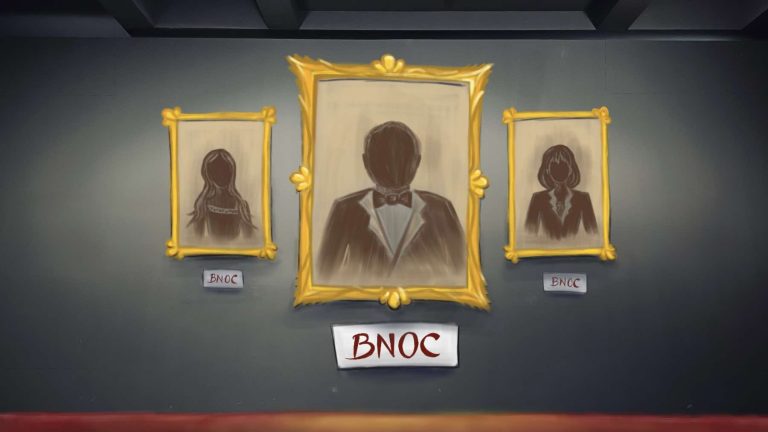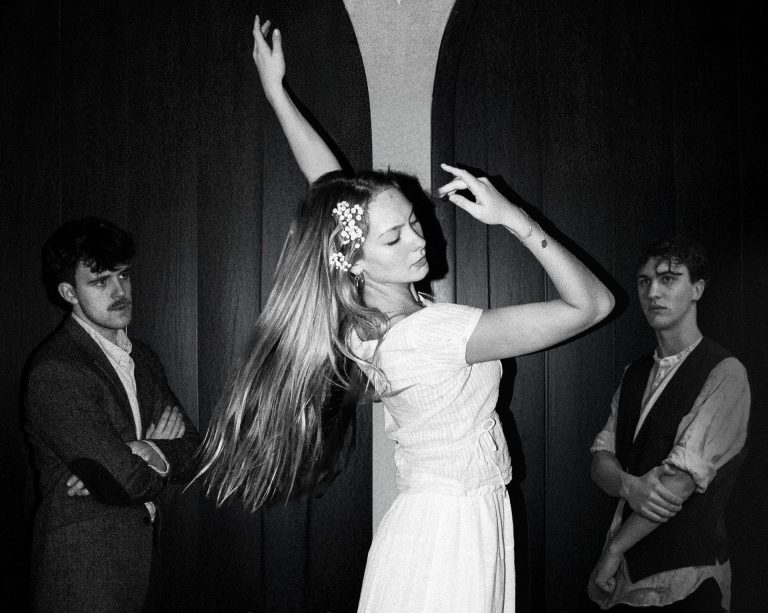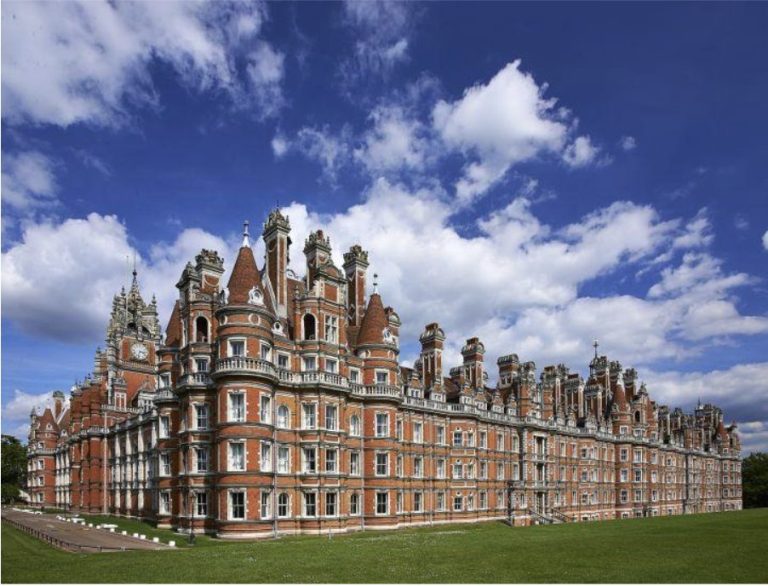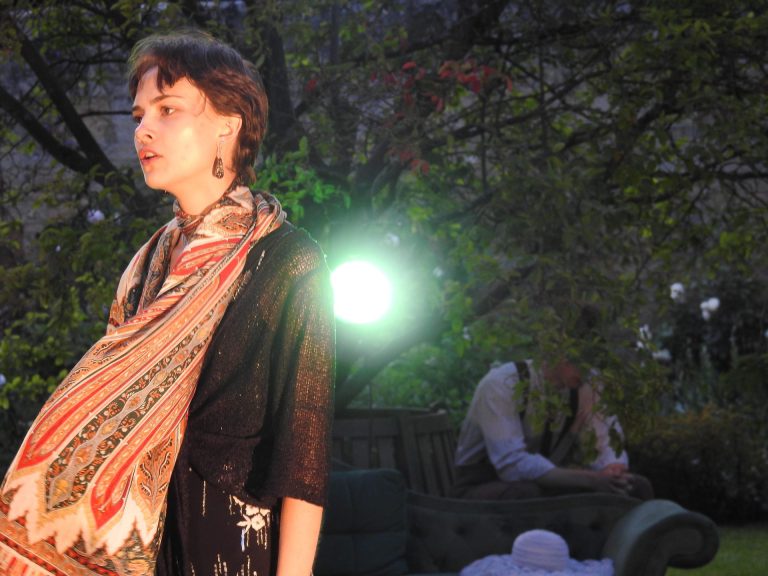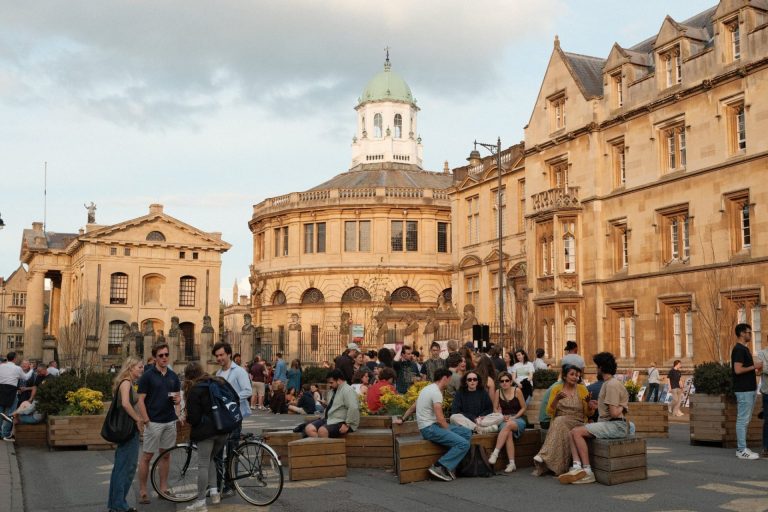Whether you love them, hate them, or have no idea who they are, these are the names that people are talking about. If the past is any indication, some may go on to be the movers and shakers of our generation. Of course, a dictionary-definition BNOC usually operates in a few realms of student politics. But this list also has actors, DJs, writers, athletes, social media personalities, and even frogs. We hope that we have captured something of Oxford in all its strange, brilliant, sometimes chaotic variety. You can see more commentary from us below, but without further ado, here are Oxford’s most famous – and infamous – characters of 2025.
1. Shermar Pryce

3rd Year, Univ
In last year’s list, he told us “here for at least another year – watch this space”. That prediction turned out to be correct for the admin of some prominent Instagram accounts, SU President (or wait…?), and professional Malta-trip-hater.
2. Anita Okunde
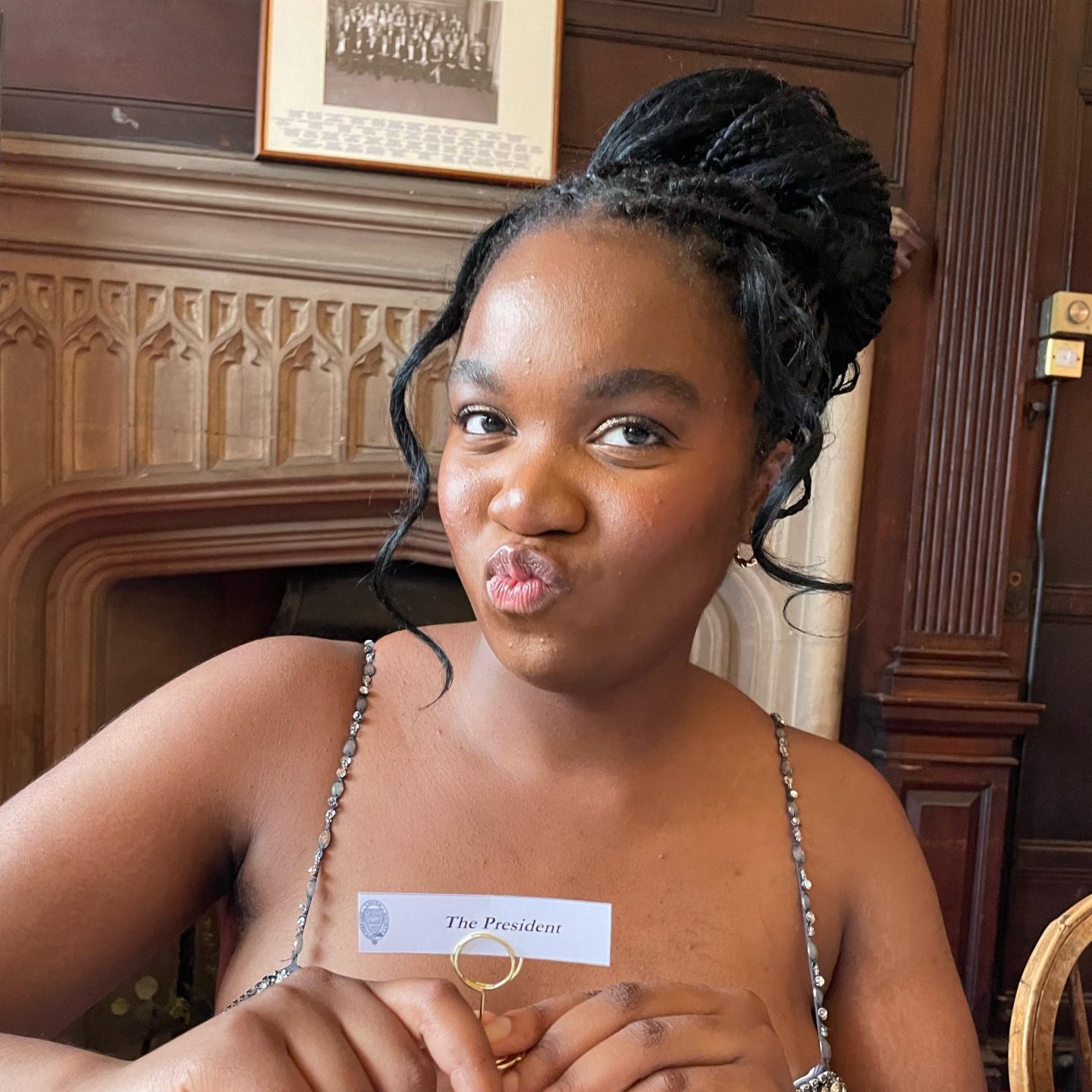
3rd Year, Magdalen
Union president this Trinity, Anita describes herself as “full-time wokerati” thanks to The Telegraph and additional reporting by a certain someone. She also enjoys photographing “Oxford’s coolest events”.
3. Israr Khan

DPhil, Regent’s Park
Israr admits he’s probably a BNOC (because we weren’t sure) as he’s done “everything at Oxford” except his DPhil. That includes being Union President in Hilary.
4. Oxford Kermit

MSt, Wolfson
Also known as Josh Nguyen, Oxford Kermit runs an incredibly successful Instagram page. He shares relatable updates of his daily life around Oxford, seemingly never free of his situationship.
5. George Abaraonye
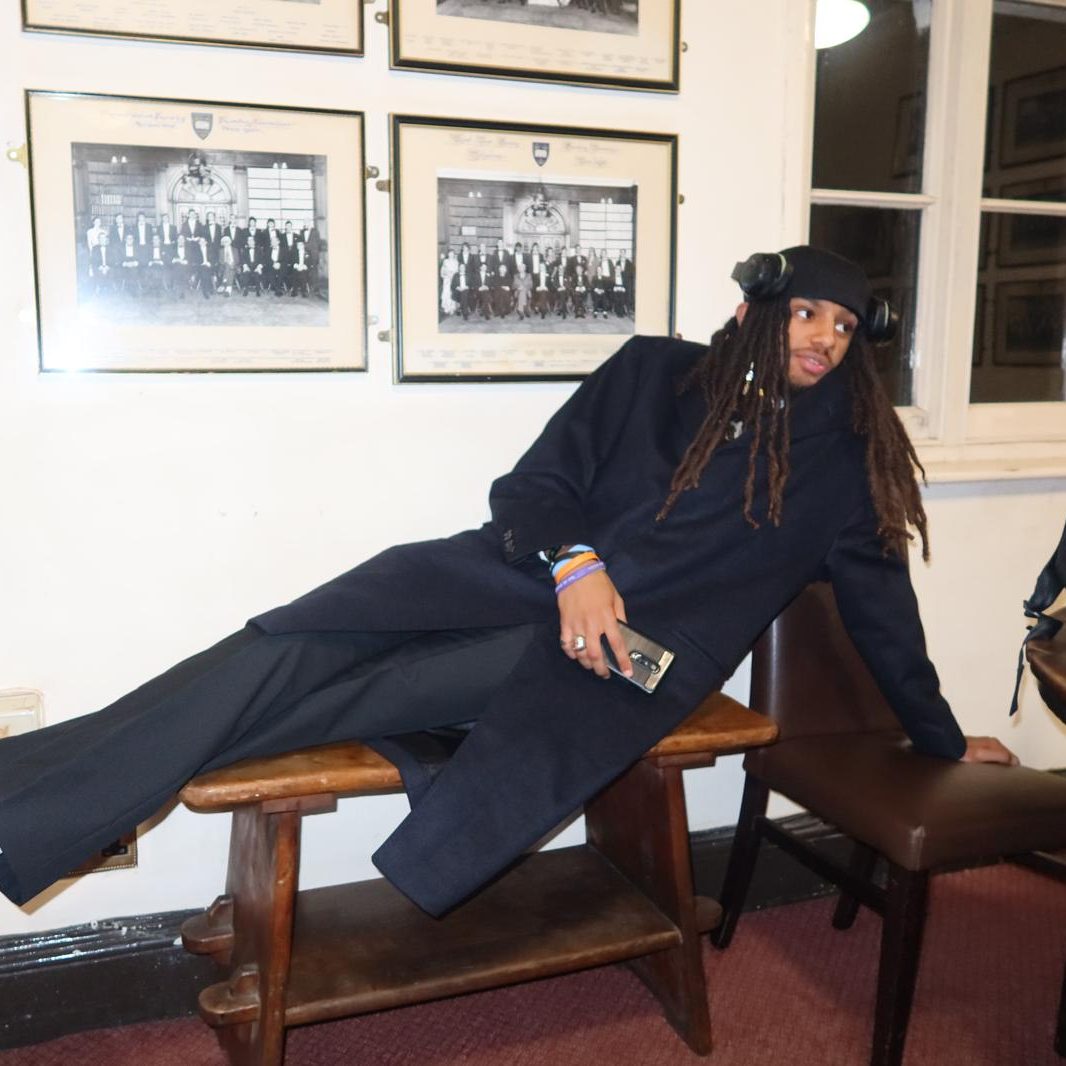
2nd Year, Univ
Described by one voter as “the only genuine hack”, George is probably best known for ACS, HipHopsoc, and the Union. You might also recongnise him as ‘headphone guy’.
6. Catty Claire

2nd Year, Christ Church
Known for her many OUDS appearances, Catty has made it her mission to be in as many plays as possible until they kick her out of her degree. You may know her from Dangerous Liaisons, Closer, or just the show posters pinned up everywhere around Oxford.
7. Moosa Harraj

MPhil, Balliol
Moosa was elected to be the next president of the Union, but with the current chaos at Frewin Court he might be there sooner than expected. We can only hope that he will be a #bridge to fiscal solvency.
8. Anya Trofimova

2nd Year, St John’s
Current Union Librarian (vice president, vice president!) and a competitive debater who’s also been involved in student media, one nomination said that Anya “follows everyone, including on LinkedIn. Congrats on the training contract btw”.
9. Samyul Ashik
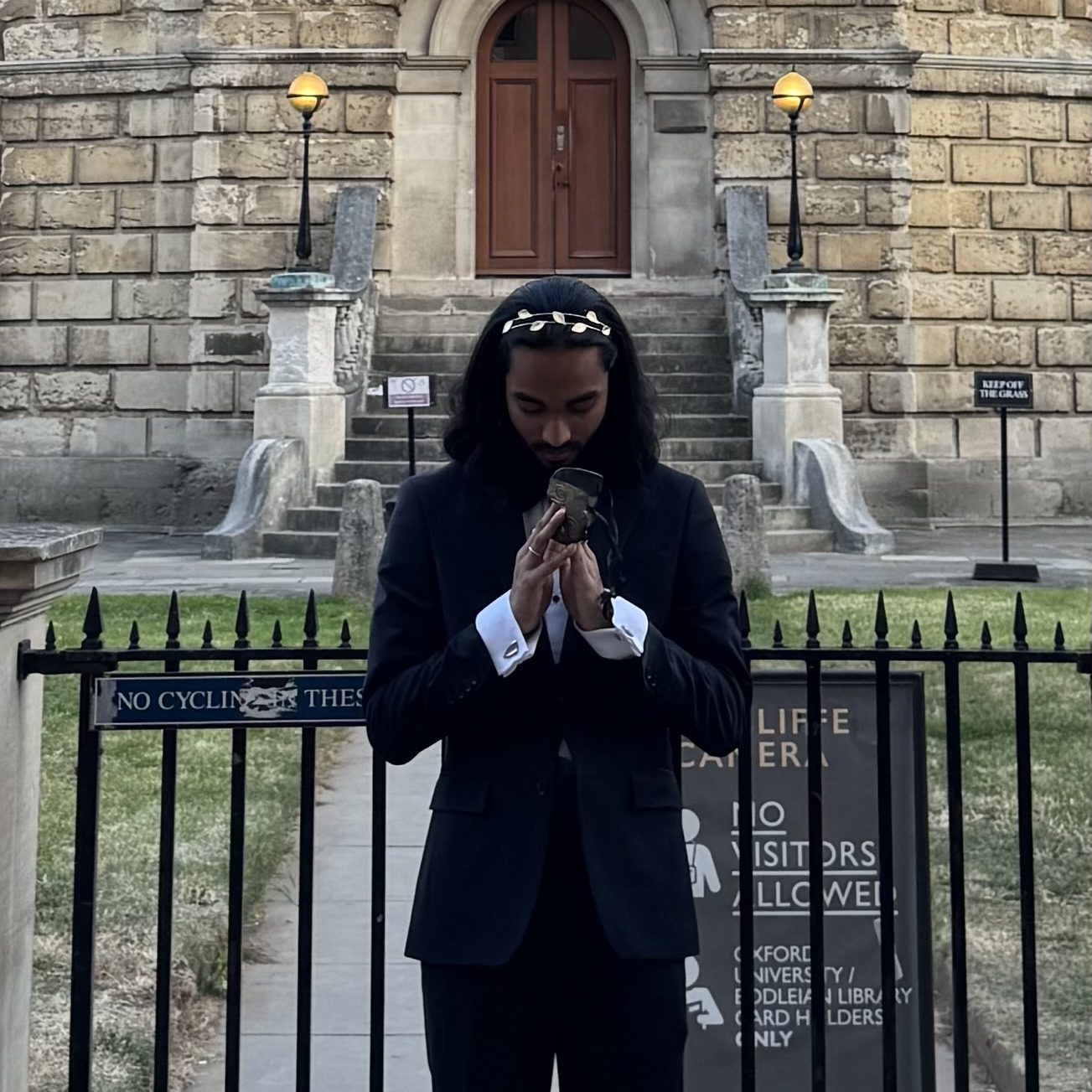
1st Year, Balliol
Samyul claims to be well-known for running the freshers group chat, but our sources tell us that he is primarily known for spamming that chat asking people to nominate him for this list. Fair play, Samyul, BNOC behaviour indeed.
10. NightSchool
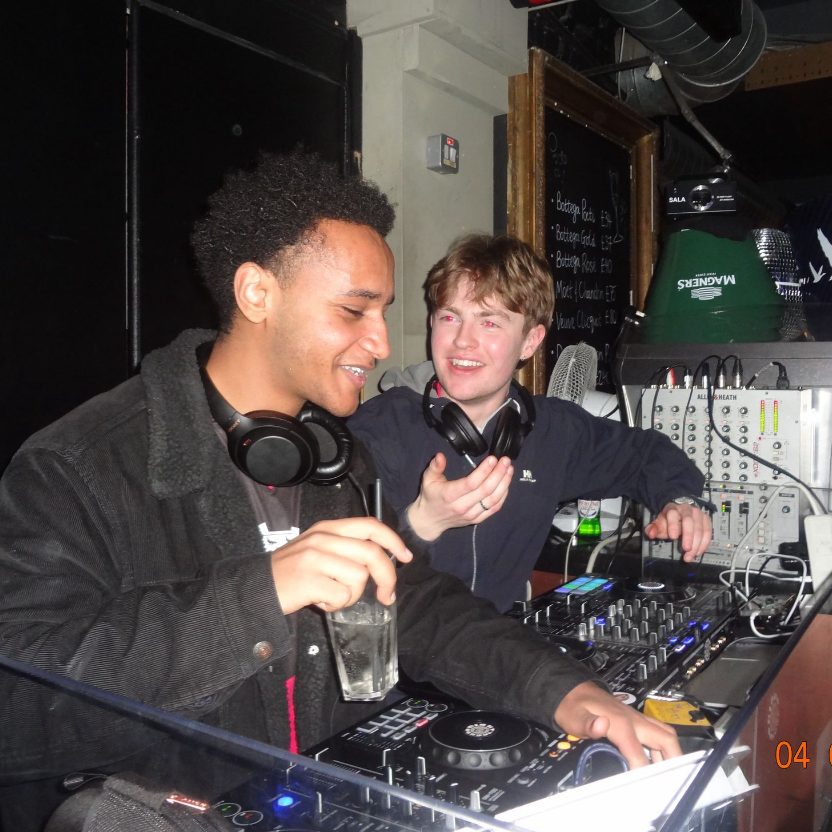
2nd years, Worcester
Ethan Penny and Nahom Lemma have taken the Oxford music scene by storm, and can be found DJing bops, club nights, and events all over the city. In their own words: ‘We just put on great nights at Bully’
11. Harry Aldridge
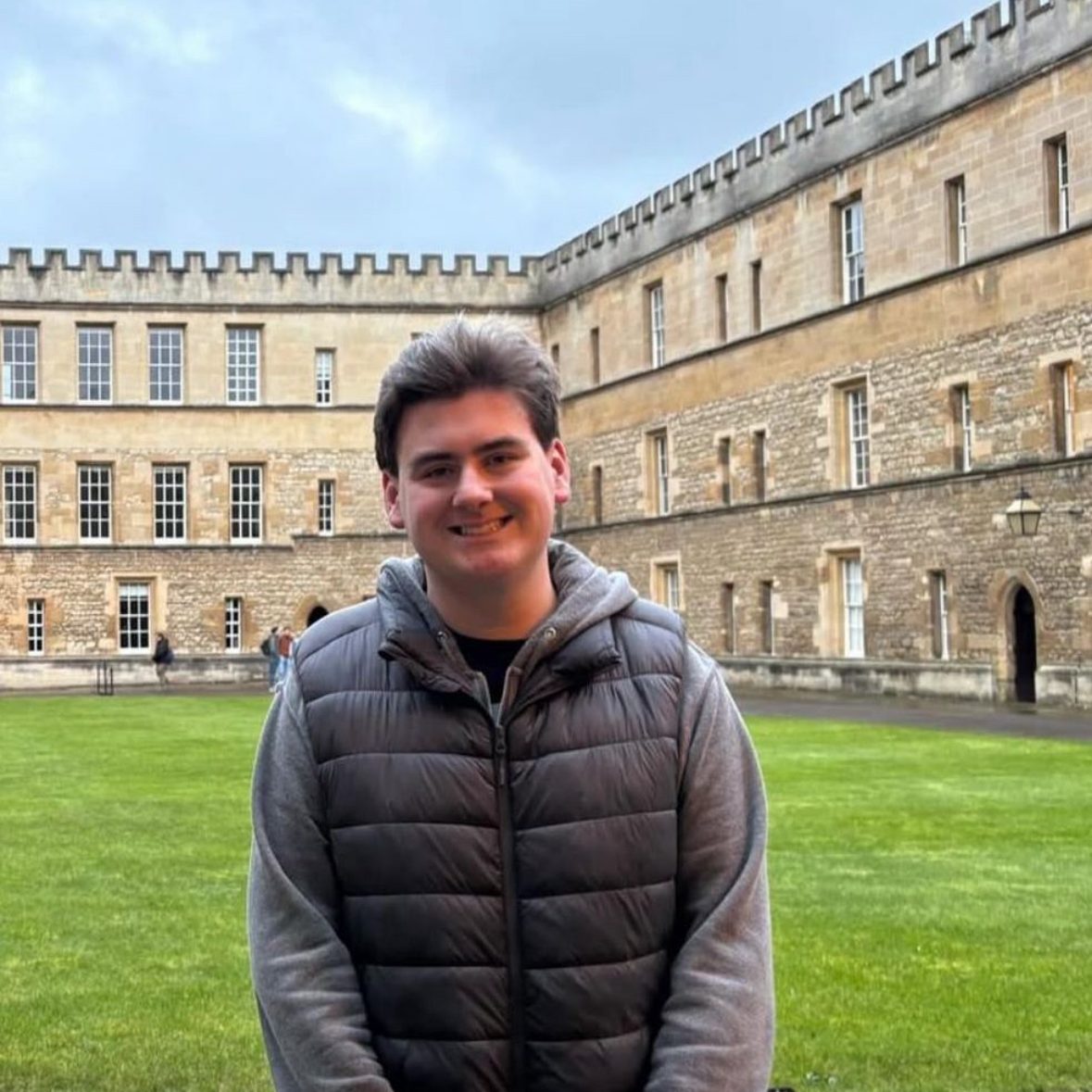
1st Year, New
One nominator called him a “working class hero” for his work as the president of the 93% Club. You’ll probably know him for being everywhere, including on right-wing television.
12. Selina Chen
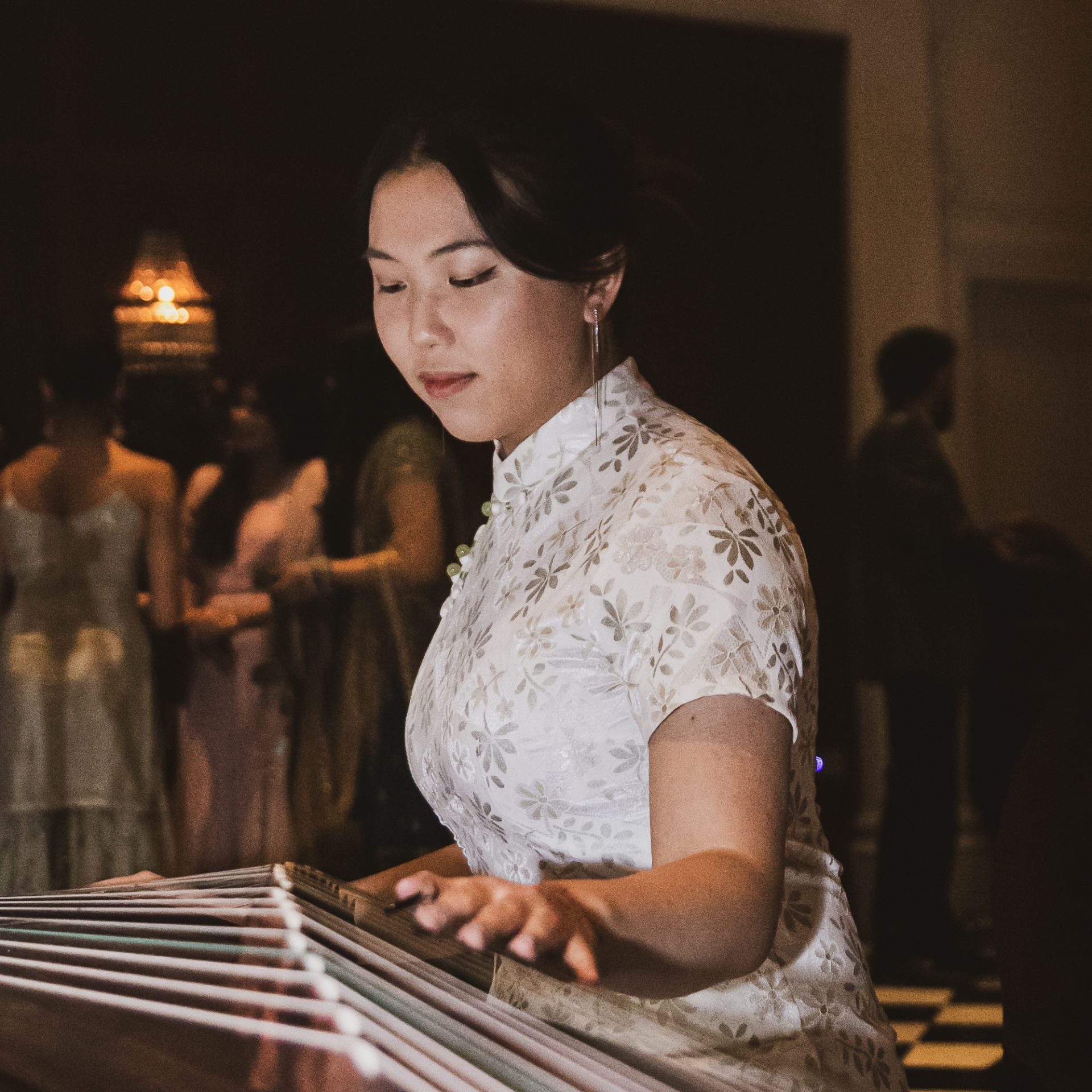
2nd Year, Corpus Christi
A former Cherwell editor who knows too many OUCA people, Selina has been the driving force behind the paper’s recent success. We also felt obliged to put her on here as she did the illustration for this article.
13. Reuben Meller
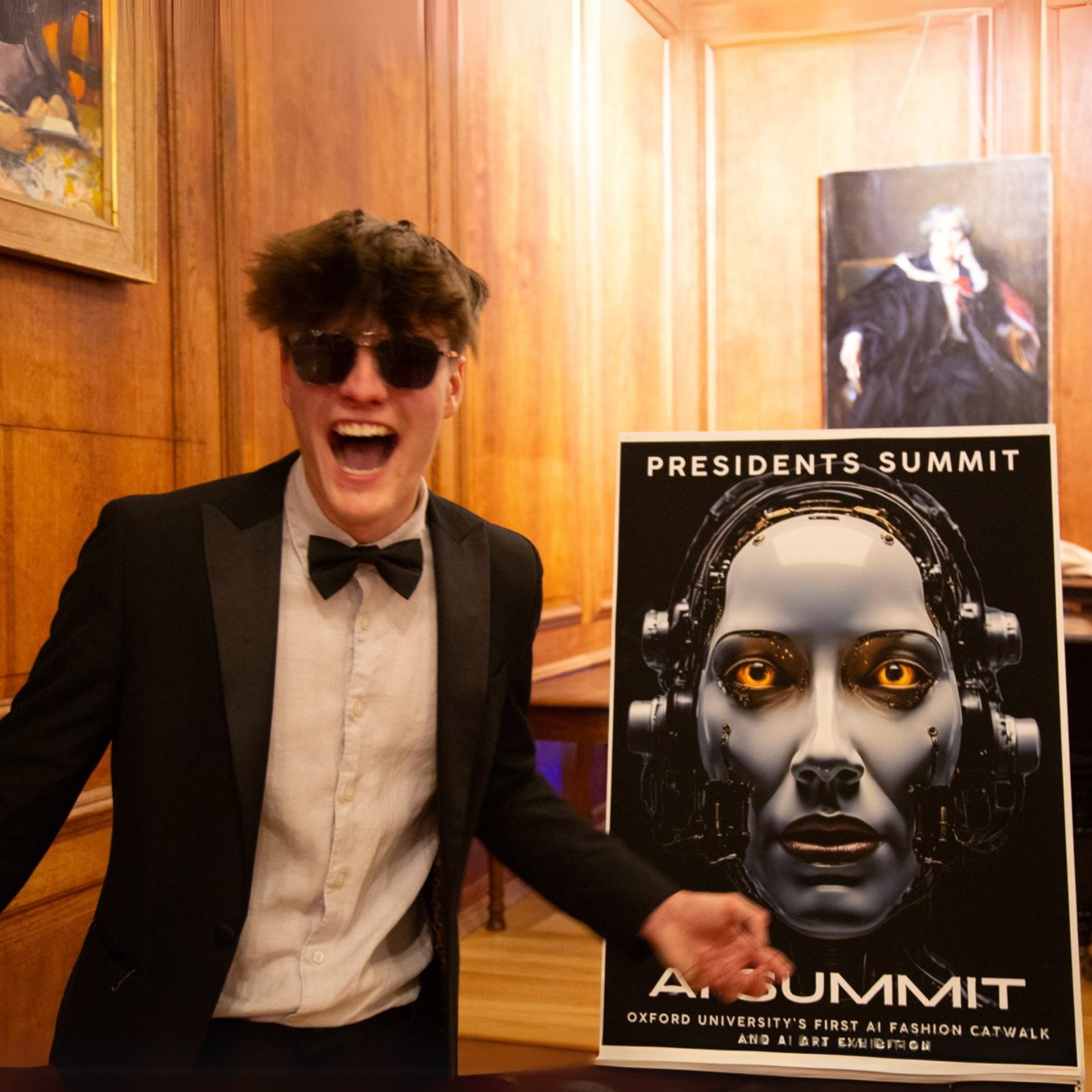
2nd Year, LMH
Most recently seen doing a backflip off a bridge (we’re not quite clear why), AI aficionado Reuben is the man behind the notoriously humble Presidents Summit. He also claims to own the film rights for Peter Mandelson’s Chancellor campaign. We know that ended well.
14. Susie Weidmann

3rd Year, Brasenose
Susie is best known for her OUDS appearances and student journalism. Although, she told us that her biggest achievement was winning ‘Most BDE’ at Finalist Drinks.
15. Brayden Lee

1st Year, Christ Church
First elected member of TSC in his first year, Brayden is surely a Union rising star. One source tells us that while he is a hack, he also “sends weirdly intimate voice notes instead of messages”. Hot.
16. Benedict Masters

2nd Year, New
One nominator called him a “socially accaptable Boris Johnson” [sic]. We’re not quite sure on his views of Balkan geopolitics, but whatever they are, they are held with great conviction. We hope to see more from a classic Tory BNOC.
17. Chris Collins

4th Year, Corpus Christi
OUCA pres last term, Chris has also featured in Union presidential elections. A finalist, we just wonder where he finds the time, and wish him the best of luck with his Classics exams.
18. Darcey McAllister

1st Year, St Hilda’s
Darcey is best known as president of Oxford’s LGBTQ+ Society. “More importantly” (her words, not ours), she’ll be running the Hilda’s bar. She made us promise we’d mention that she will be found with a double pink gin in said bar, never in a lecture hall.
19. Chloe Pomfret

2nd Year, St Catz
Chloe is perhaps best known for her TikTok, where she discusses her Oxford experience as a working class and care experienced student. She has also been involved in cheerleading, Class Act, and the 93% club.
20. Edmund Smith

2nd Year, Corpus Christi
Corpus organ scholar and OUCA guy, Edmund told us: “people have probably met me at P&P or the Union bar and then received a very nice message from me later in the term”. With the number of views on that Lord Dominic Johnston Instagram reel, he’s one of the most famous on the list.
21. Olivia Cho
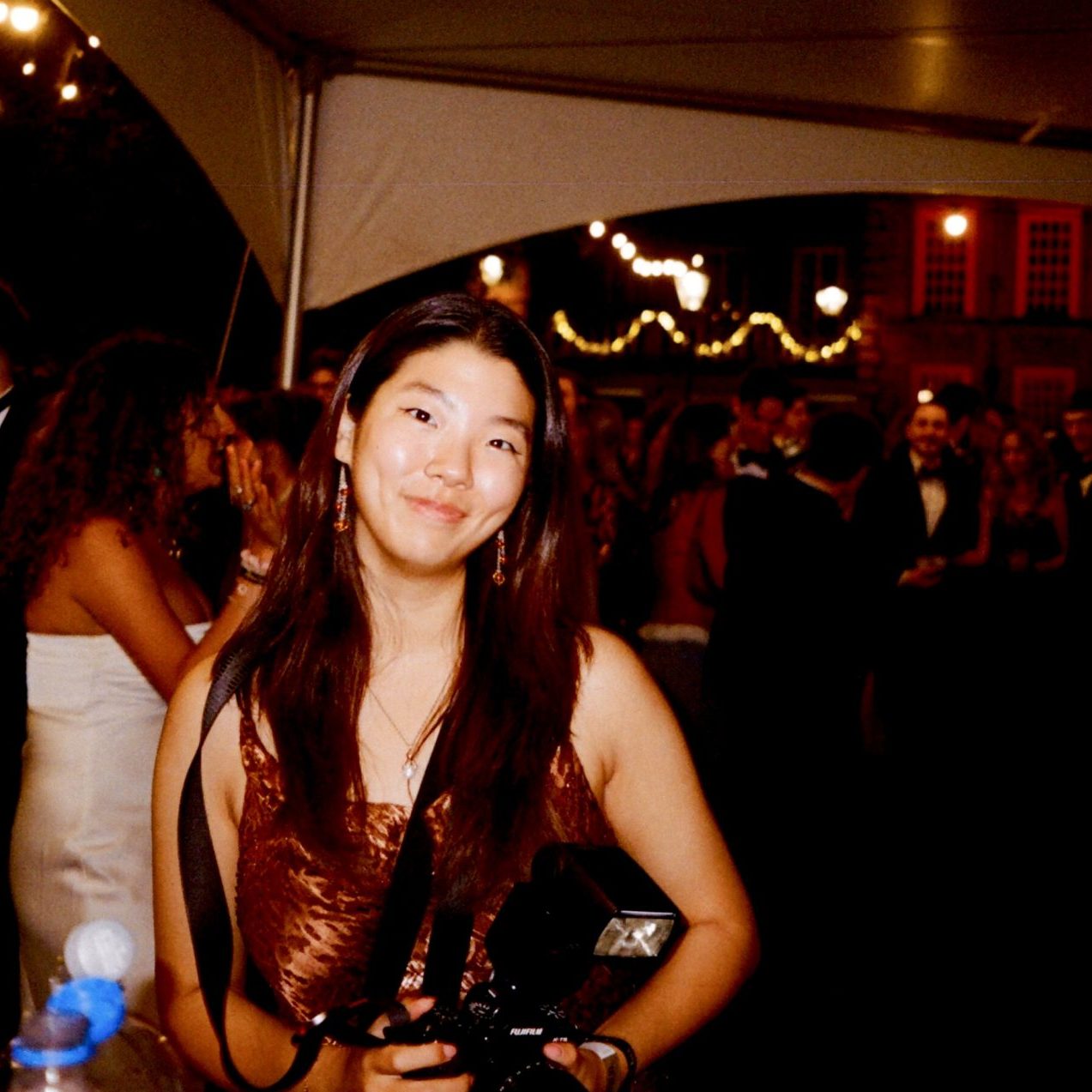
3rd Year, Keble
Olivia is a photographer, probably best known for hiding in the corner of balls, society events, and launches getting amazing pics.
22. Connie Hilton

2nd Year, Keble
Connie is a Park End rep, meaning you probably will see her sporting their massive sunglasses, waving their infamous flag, or all over their Instagram page.
23. Bee Barnett

2nd Year, St Hilda’s
Bee Barnett is known for their alternative fashion videos and Oxford content, amassing a massive 693.4k followers on TikTok. Bee has also written for various student publications, and religiously attends Oxford’s goth and emo nights.
24. Luca Burgess

3rd Year, LMH
Luca is best known for Martian Moves, the largest student-run electronic music night, Oxford’s very own ‘Intergalactic Boogie Service’. He has also launched a career in graphic design, photography, and DJing.
25. Ella Bolland

3rd Year, Trinity
Ella is the ex-entz rep for Trinity, fondly known as ‘loud American’. You can always spot this short queen with her 6’8 boyfriend.
26. Roxana Rusu

2nd Year, St Anne’s
JCR president, keen rower, and RoSOC VP, Roxi sent in her submission late due to “rent negotiations” and “dj-ing latin party at Bridge”. Adhering to a self-described “intense” lifestyle, she told Cherwell: “in the words of Shakira, TRY EVERYTHING”.
27. Michael Leslie

2nd Year, Corpus Christi
A self-described “washed OUCA and Union hack searching for a grade above a 2.2” and Corpus JCR pres, Michael is just trying to live a quiet life with his lover Edmund Smith (see 20).
28. Matchbox Productions
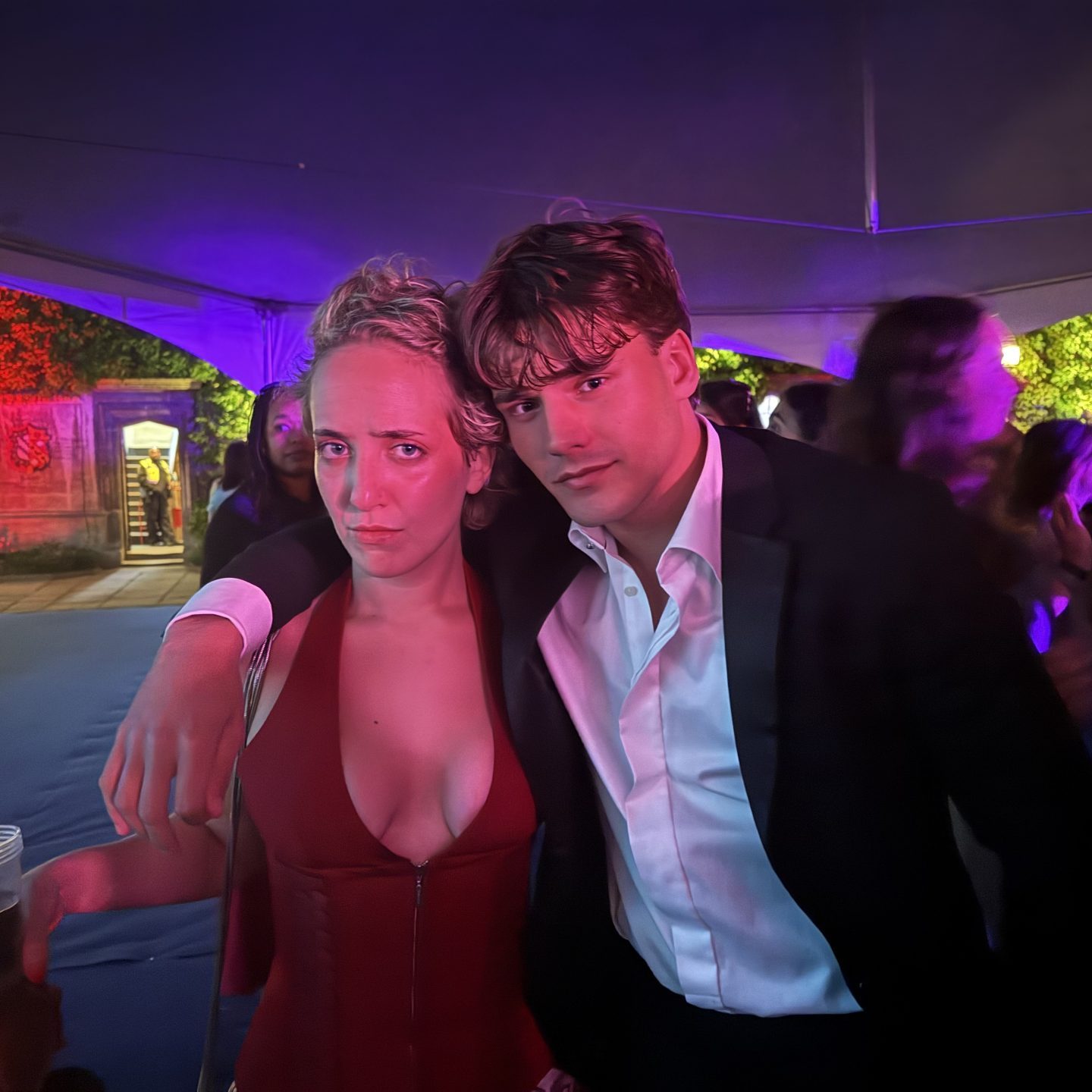
4th Years, Exeter
Sonya Luchanskaya and Vasco Faria have set a new bar for OUDS productions. Staging 6 sell out shows, they continuously foreground fresh student writing and experimental techniques. Outside of theatre, Sonya spends her time DJing. Vasco also acts, and finds time to be a double rugby blue.
29. Cherwell Editors-in-Chief

2nd Years, Balliol and St John’s
Taking Cherwell by storm, Phoebe and Laurence have brought unprecedented success to the paper. In their own words, “Cherwell has never had it so good”. In the words of their underling, “Well, BNOChood is all about tooting your own horn, isn’t it?”
30. The Isis Editors-in-Chief

2nd Years, Balliol and New
Bound together unwillingly by our parent company, we present our awkward artsy cousin, The Isis. We’re sure with their obsession with being “cool and indie”, Joseph and Lina are outraged at being included. But, as we all know, there is nothing The Isis loves more than attention.
Some humble conclusions
Behold, the highest fliers of our generation
Allen Ginsberg worried that the best minds of his generation were ruined by madness. If anything, Gen Z might have the opposite problem. Many of our most ambitious people cluster in a couple of societies, and then a couple of industries, that may not make as much of a difference to the world as we think. Of course, any ranking of BNOCs at Oxford that contains a kernel of truth will have lots of people from the most high-profile societies. I am pleased, though, that there is some diversity among this year’s BNOCs: writers and rowers; entz reps who aspire to better parties, and those who aspire to lead political parties.
As with all high-fliers, the line between their sincere commitments and their personal ambitions can be blurry. Their impenetrably complex Union fights and sometimes eye-roll-inducing Instagram stories might seem silly now, but the great and the good listed here will have real power as taste-setters and change-makers. In a recently published article, I reflect more on Gen Z’s top talent, and how the privilege of education conveys responsibility to use it for the public good. May all of us – BNOC or not – use our time and talents well.
– Satchel Walton, Deputy Editor-in-Chief, Features
Actors, photographers, frogs
Before the responses started to flow in, I was ready to grit my teeth and include masses of Union hacks, who have undoubtedly been dreaming about BNOChood since the day their offer came in. It is true that, as ever, the hacks make up a large section of the list. In fairness, they are some of the most well-known people in Oxford. However, what’s exciting is how many names made the final list for reasons far beyond student politics. There are actors, DJs, writers, athletes, social media personalities, and even frogs. Yes, frogs. Sifting through nearly 2,500 nominations, I quickly realised how few people in Oxford I actually know (turns out spending all my time editing Cherwell hasn’t done wonders for my wider social life). Still, we hope that this list captures something of Oxford in all its strange, brilliant, sometimes chaotic variety.
– Phoebe Davies, Editor-in-Chief
Let’s talk logistics
Above all, the BNOC list is actually a tiring logistical operation. A huge amount of longlisting emails were sent, numbers were crunched, more ‘serious’ editorial responsibilities ignored, until we arrived here. Whether you agree or disagree with this year’s ordering, just know that we’ve basically been guided by two principles: i). democracy (the more nominations, the higher you placed) and ii). not making the list entirely Union people. With 23% of nominations coming in for people whose main claim to fame was the Union, and a further 28% from the ‘Other’ category (which seems to have been used for ‘Union + other things’), we’ve tried to reflect the profile of nominations as accurately as possible in our final list.
It isn’t easy, though, especially when you have to sift real nominations from spam. Spam entries were present in most of the top ten, so it’s safe to assume either they themselves were desperate to be on the list, or they have very enthusiastic friends.
– Laurence Cooke, Editor-in-Chief


